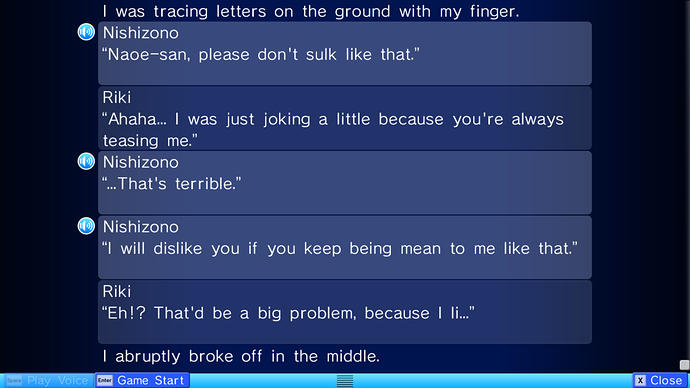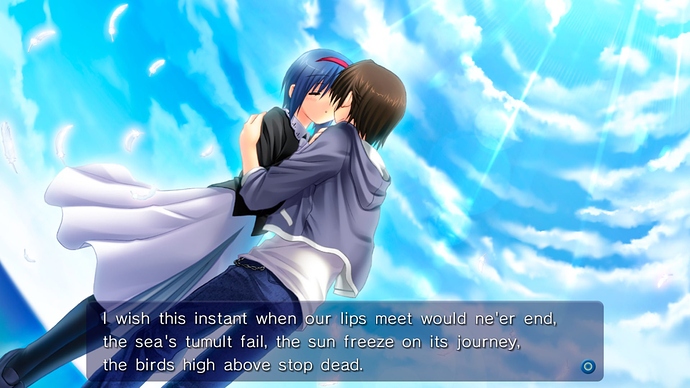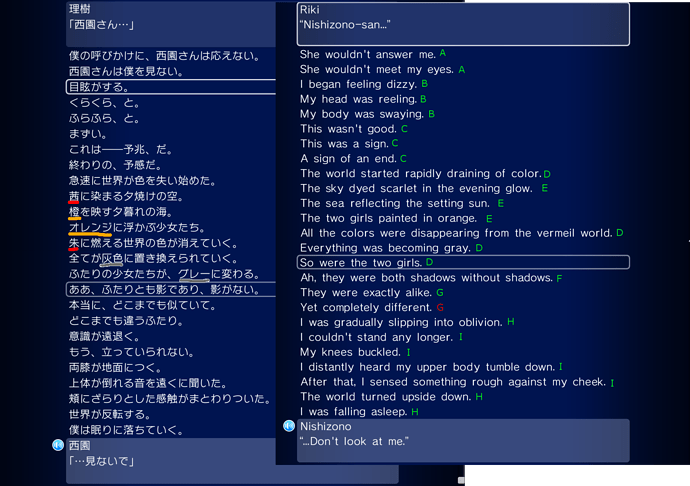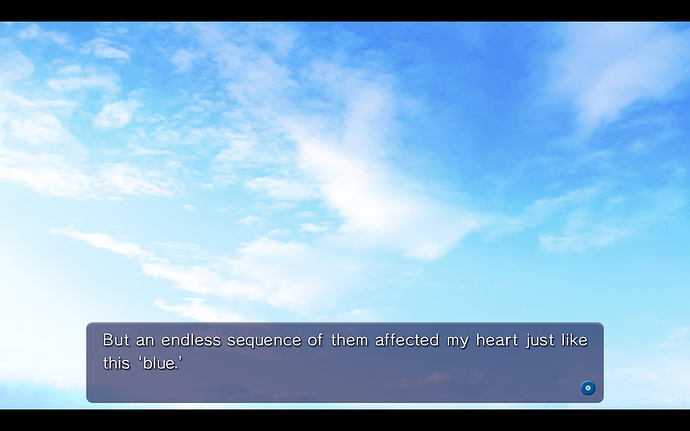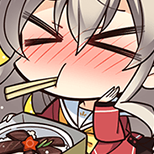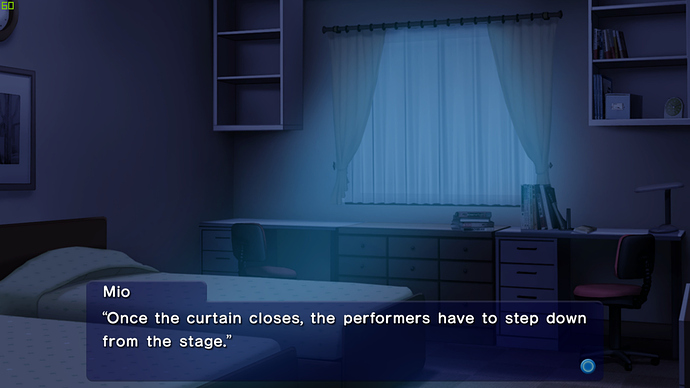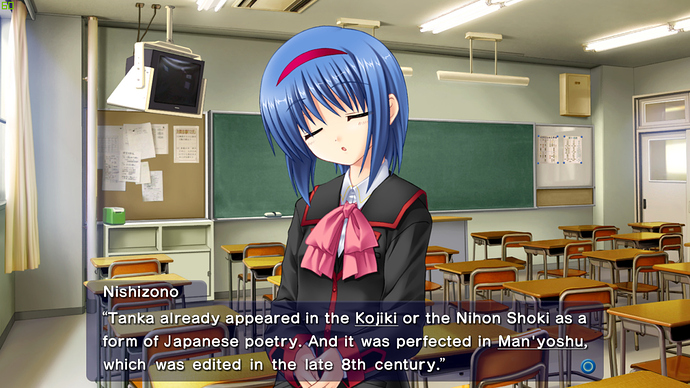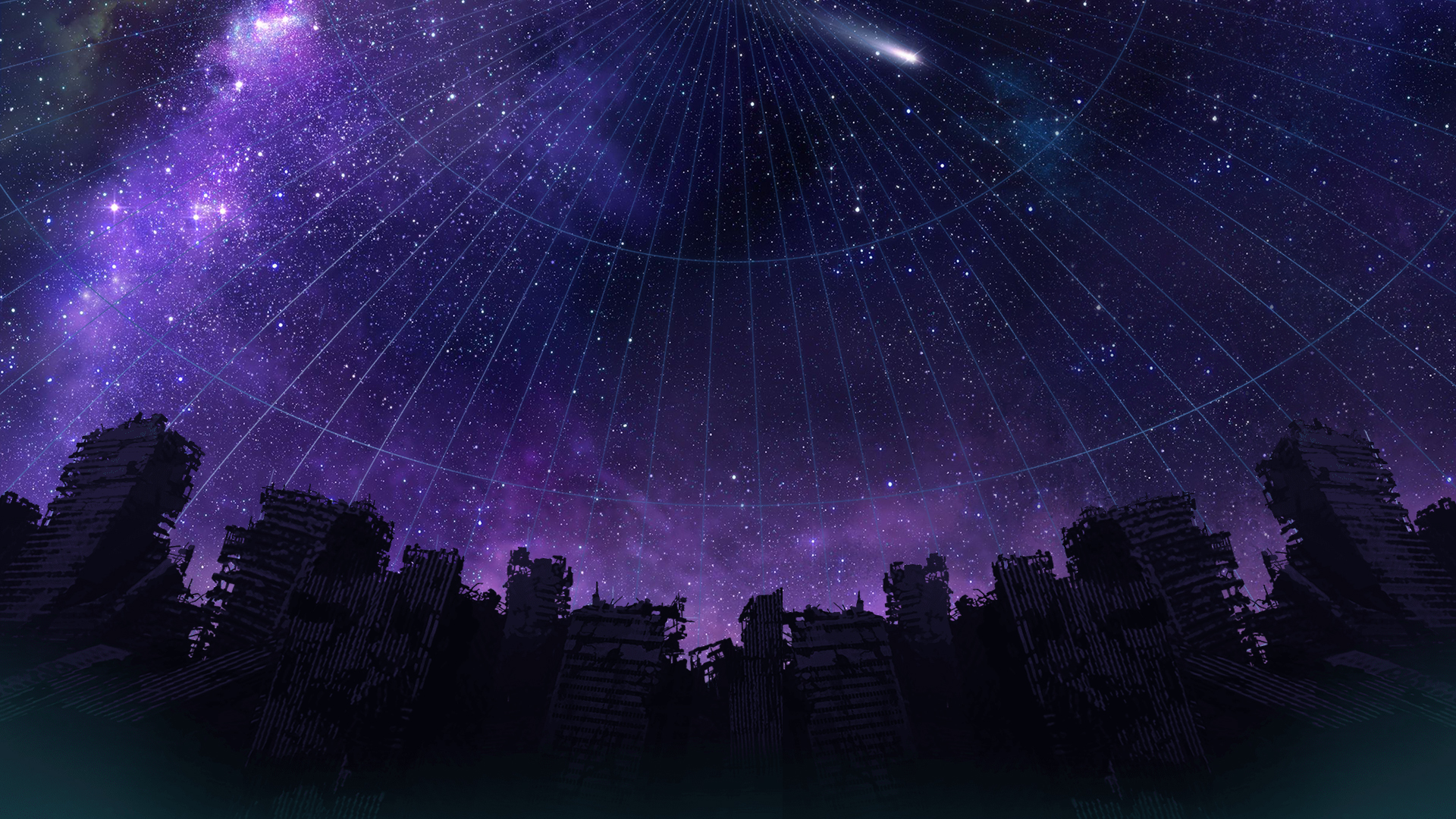Finished it 3 days ago, took me 2 days to read the posts so far. The activity from just when the bookclub started is such a significant amount in relation to the rest of the thread, given that it exists for years. This is super awesome.
Getting to know Mio more during this route was amazing. She is a very good character and unless you actively decide to spend time with her, you don’t really get to know her - realistic given her being very introverted.
She just expended in so many dimensions. Showing all of her emotions, enthusiasm with her love for books and BL…she is so much more than it seems on first glance. She probably is not and will not my favourite character, but at least she feels like a real character to me now. I prefer her without glasses by the way - that may be exposure bias, but I think she is cuter without.
Midori was interesting. I really disliked her at first. In a way, while I noticed a few lines that hinted at her actually caring about Mio, she still was a total villian for my experience. I hated her for that. But over time, I got more and more confirmation that I did not imagine her good intentions underneath. In the end, I liked her. Maybe a little more than Mio. She is kind, she is selfconfident, she is outgoing. There is nothing wrong with being more of an introvert, but in fiction I prefer extreverted characters, and as such, Midori clicks better with me than Mio.
The route itself however - reading so much praise all over the topic, I have to be one of the few people who have to admit that I did not like it that much. Sure I did not dislike it (Rin1)(how I am saying it kind of reminds me how Riki was thinking to himself when consdering accepting Rin’s proposal to date her), but it will take no top spots. First off, the supernatural side of it weirded me out, especially since it is pretty strong in the route.
I agree a lot with @Rin here. It’s Key, something supernatural has to happen, but so far, it does not seem to be lore-abiding and does not make sense so far. Given, I don’t have a full picture yet, with 3 routes read. Maybe it makes more sense after refrain. For now, it does not.
The pacing was bad at times as well. Especially after Mio left. It felt like the route did not really progress for a while. There were a few important scenes there and I guess it was necessary to have it that long, but it was not very fun. (in hindsight I have to admid that I was quite tired on both days I was tackling the route - which might have played into how the pacing felt to me)
Finally, while it is great how much the route used symbolism - at times it just felt like it was repeating the same symbolisms over and over and over again. That may just because of my issues with the pacing.
So the symbolism is a good and a bad point at the same time for me - it felt a bit much, but the using a lot of different symbolism is a good thing.
Also, everything else about the writing is just great. As I said, I like both characters, and the conversations the characters have are really good. The characters’ motivations were understandable. The whole date was great. The tanka “training” aswell. The romance in the end was handled great - super cute.
Unlike most of you, I also did not relate to Mio as well. If not dragged down by social anxiety, I am a more extroverted guy. Not being able to relate to Mio is not a big minus for the route, but no plus either.
For a tl;dr I have to repeat myself: I enjoyed the route, but it’s not going to by on my favourite lists.
In the end, parts I especially liked about the route are Riki’s determination after Mio disappeared all the way until the climax of the route to neither forget her nor let her leave; as well as the romance that happened after that and how it was portrayed, and this part:
I went like…wait, did she? I don’t remember she did, but… I am not sure! - saves, looks at gallery - no she did not! So, at it’s core, this totally got me as well. And I love it for that.
A lot of the themes and symbolism during this route may be foreshadowing the secret of the world, and at this point, a lot of them would fit right into the coma theory. Honestly, not only is it way to much to list it all, but at this point it’s just more and more driving the theory home. Especially the whole stuff about memories, different viewpoints and about “what is reality”.
In the end, I want to talk about a interpretation I have for some of the supernatural stuff going on. It’s probably very stupid. I was thinking about this topic when I read this:
What if what we see is only a single person, but her personality changing? That Midori being around IS just another personality of Mio, it’s the same body just behaving as if it was a differnt person. And most scenes that don’t make all kind of sense are not literal, but rather an allegory of what is really going on with her personality shifting?
Given, that thought has one flaw: the others saying Mio was always like this. That does not fit into this. But I think it’s an interesting thought.


